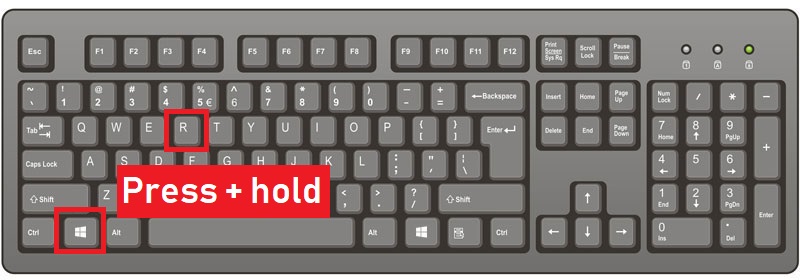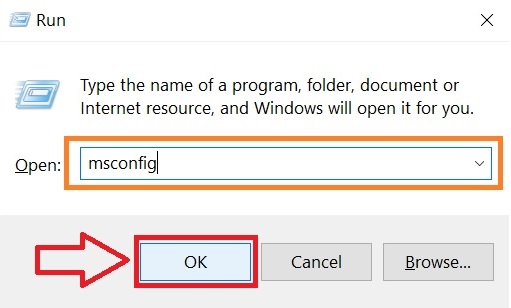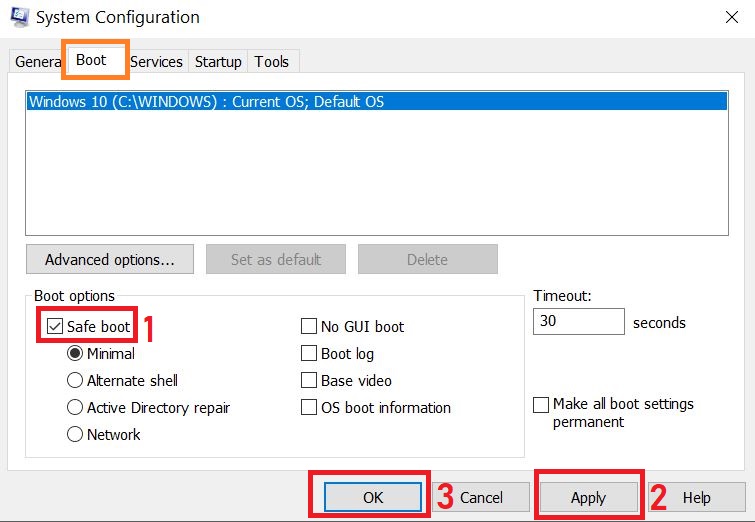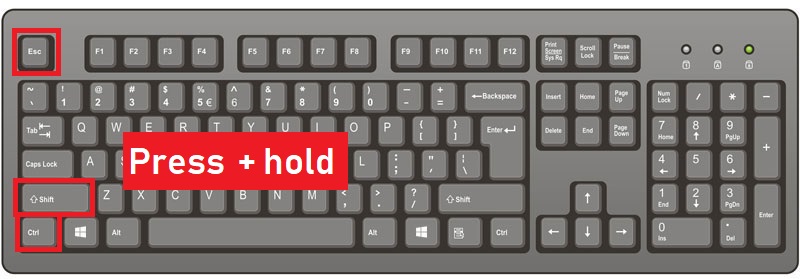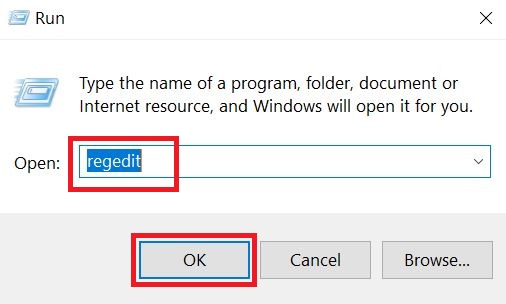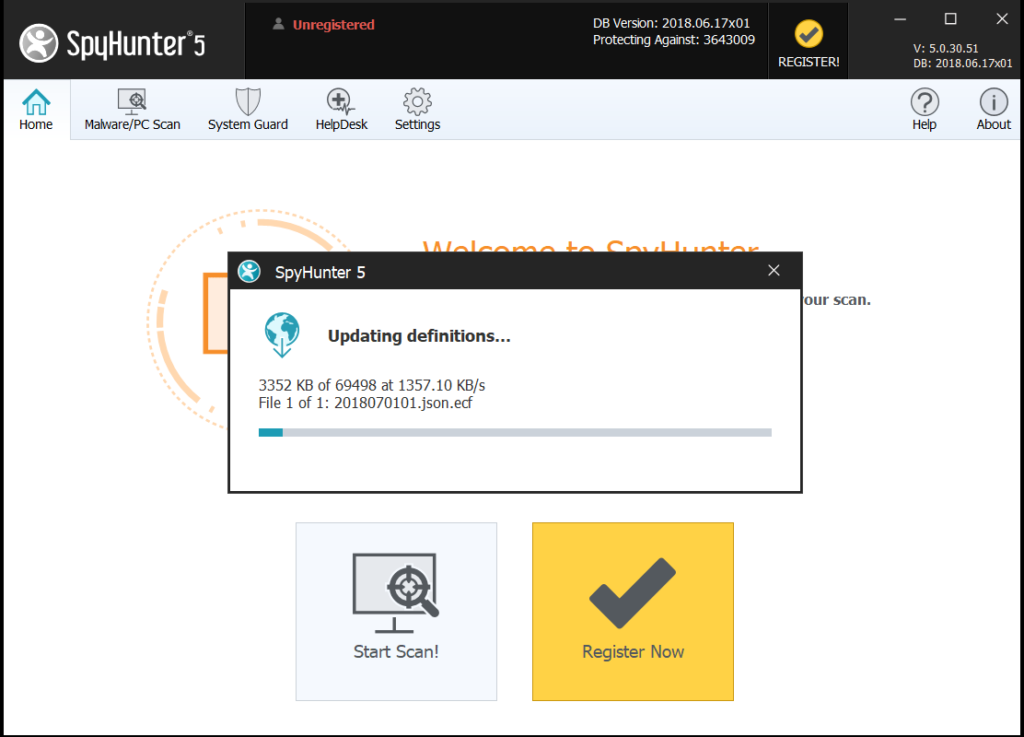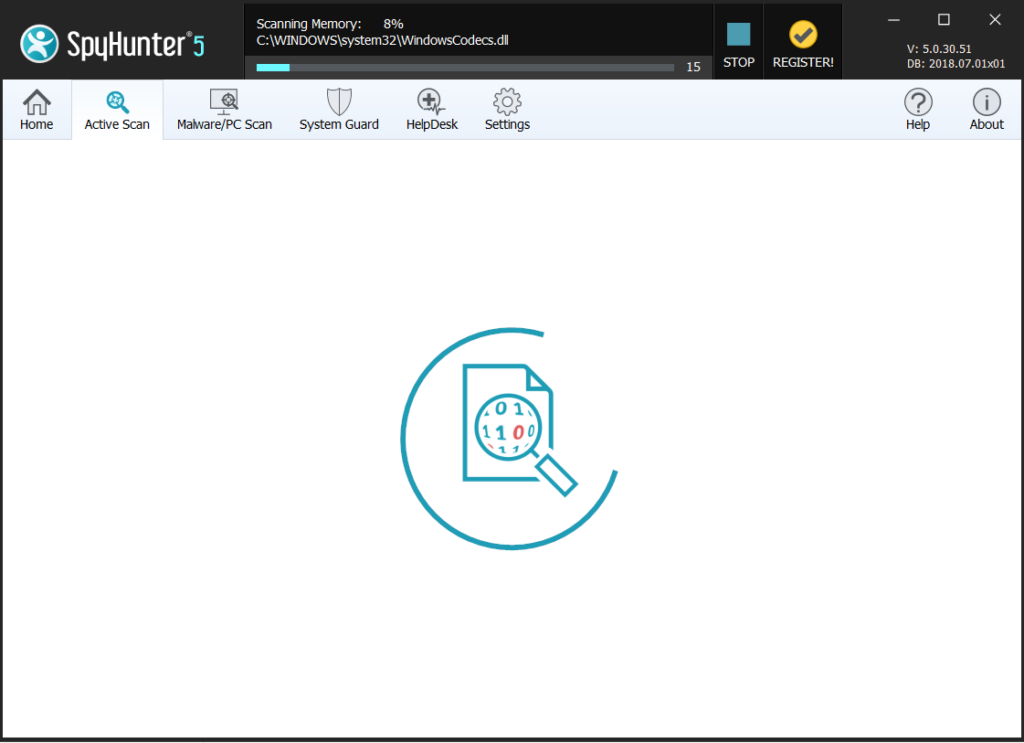Wiot virusis the latest ransomware infection. This article is made to explain to you what is Wiot and show you ways via which you can remove it and try restoring your files.
Wiot virus Summary
Wiot virus Description
Wiot virus Removal Instructions
If your computer was recently infected by Wiot, then you have come to the right place. The Wiot ransomware virus is from the cryptovirus kind, meaning that it aims to encrypt the files on your computer in order to make them seem corrupt at least until you pay ransom to get them back. The ransomware then adds the .davda file extension to the files of the computers encrypted by it and also drops a ransom note. If your computer has suffered an infection by the .davda files virus we suggest that you read this article thoroughly. It aims to show you ways via which you can remove the Wiot ransomware and try to recover your encoded files.
| Threat Name | Wiot virus |
| Category | Ransomware/Cryptovirus. |
| Main Activity | Infects the computer after which encrypts important documents and holds them hostage until a ransom is paid. |
| Signs of Presence | Files are encrypted with a custom file extension and users are extorted to pay ransom to get the data to work again.. |
| Spread | Via malicious e-mail spam and set of infection tools. |
| Detection+Removal | DOWNLOAD REMOVAL TOOL FOR Wiot virus
Note!For Mac users, please use the following instructions. |
The Wiot virus
In most cases, ransomware such as[ types field=”name” output=”raw”][/types] enter your PC automatically when you visit an infected website or malicious website. That is why it’s important to watch out what websites you visit and what links you open.
Cyber criminals use ransomware to infect users’ computers, lock their files, and demand payment in order to provide a decryption key.
Wiot virus is no exception. Once in your system, it will encrypt your files so you will have no access to them. In order to look legitimate, Wiot virus will be disguised as some sort of legitimate file and once you open it, there Is no way to stop the virus, if you don’t have malware protection.
In order to fix the problem you will have to pay a fee and only then you will be granted access to your files. The message also provides instructions on how to make the payment: you need to go to Torn and pay the money via BitCoin.
Unexperienced users could easily be scared into making the payment, but that will not fix the problem. The cyber criminals behind the infection will collect the money from you, but Wiot virus will remain in your system and may display the same message again and again, demanding more money from you.
Wiot virus Removal
As explained above, making the payment as instructed will do no good to you and your system. Wiot virus will remain on your PC and might lock your files again. That is why the only solution is to remove the ransomware from your system completely. You can do that with a trustworthy anti-malware tool that will fully scan your computer, detect all the malicious pieces and remove them permanently.
Preparation before removal of Wiot virus:
1.Make sure to backup your files.
2.Make sure to have this instructions page always open so that you can follow the steps.
3.Be patient as the removal may take some time.
Step 1: Reboot your computer in Safe Mode:
Step 2: Cut out Wiot virus in Task Manager

Step 3: Eliminate Wiot virus‘s Malicious Registries.
For most Windows variants:
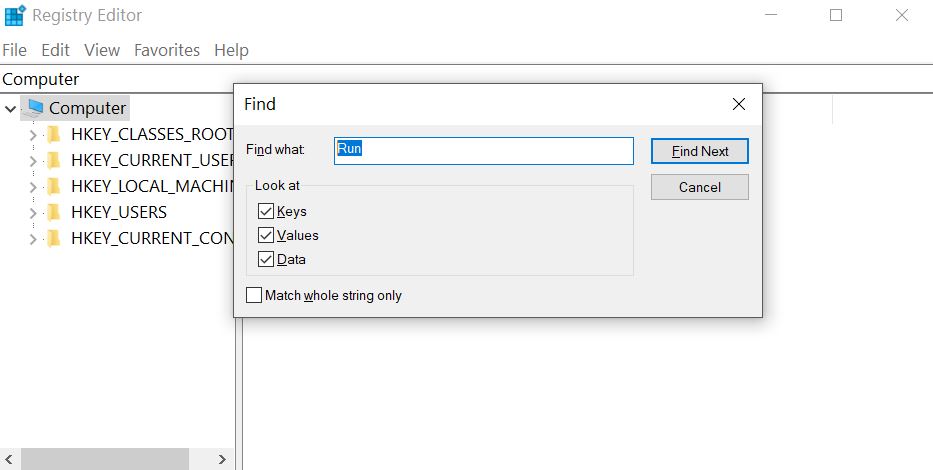
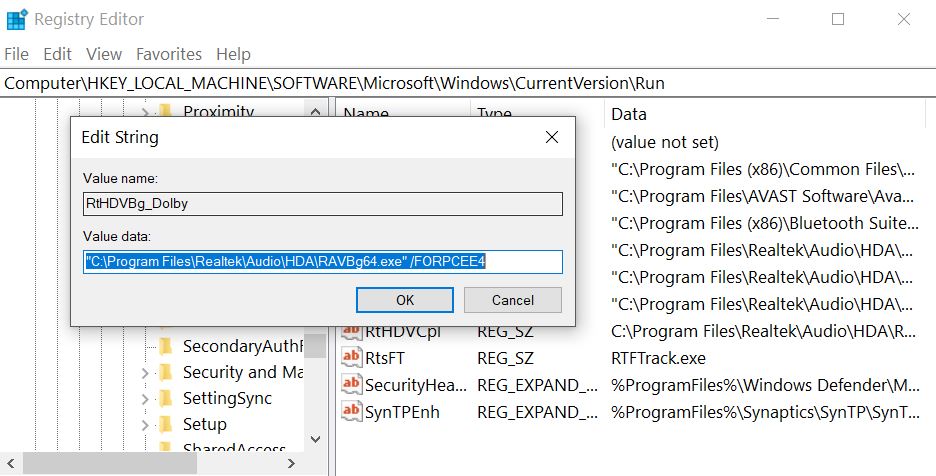
Step 4: Scan for and remove all virus files, related to Wiot virus and secure your system.
If you are in Safe Mode, boot back into normal mode and follow the steps below
It is advisable to run a free scan before committing to the full version. You should make sure that the malware is detected by SpyHunter first.
Step 5:Recover files encrypted by the Wiot virus Ransomware.
Method 1: Using Shadow Explorer. In case you have enabled File history on your Windows Machine one thing you can do is to use Shadow Explorer to get your files back. Unfortunately some ransomware viruses may delete those shadow volume copies with an administrative command to prevent you from doing just that.
Method 2: If you try to decrypt your files using third-party decryption tools. There are many antivirus providers who have decrypted multiple ransomware viruses the last couple of years and posted decryptors for them. Chances are if your ransomware virus uses the same encryption code used by a decryptable virus, you may get the files back. However, this is also not a guarantee, so you might want to try this method with copies of the original encrypted files, because if a third-party program tampers with their encrypted structure, they may be damaged permanently. Most of the currently available decryptors for ransomware viruses can be seen if you visit the NoMoreRansom project – a project that is the result of combined efforts of researchers worldwide to create decryption software for all ransomware viruses. Simply go there by clicking on the following LINK and find your ransomware version decrypter and try it, but always remember to do a BACKUP first.
Method 3: Using Data Recovery tools. This method is suggested by multiple experts in the field. It can be used to scan your hard drive’s sectors and hence scramble the encrypted files anew as if they were deleted. Most ransomware viruses usually delete a file and create an encrypted copy to prevent such programs for restoring the files, but not all are this sophisticated. So you may have a chance of restoring some of your files with this method. Here are several data recovery programs which you can try and restore at least some of your files:

